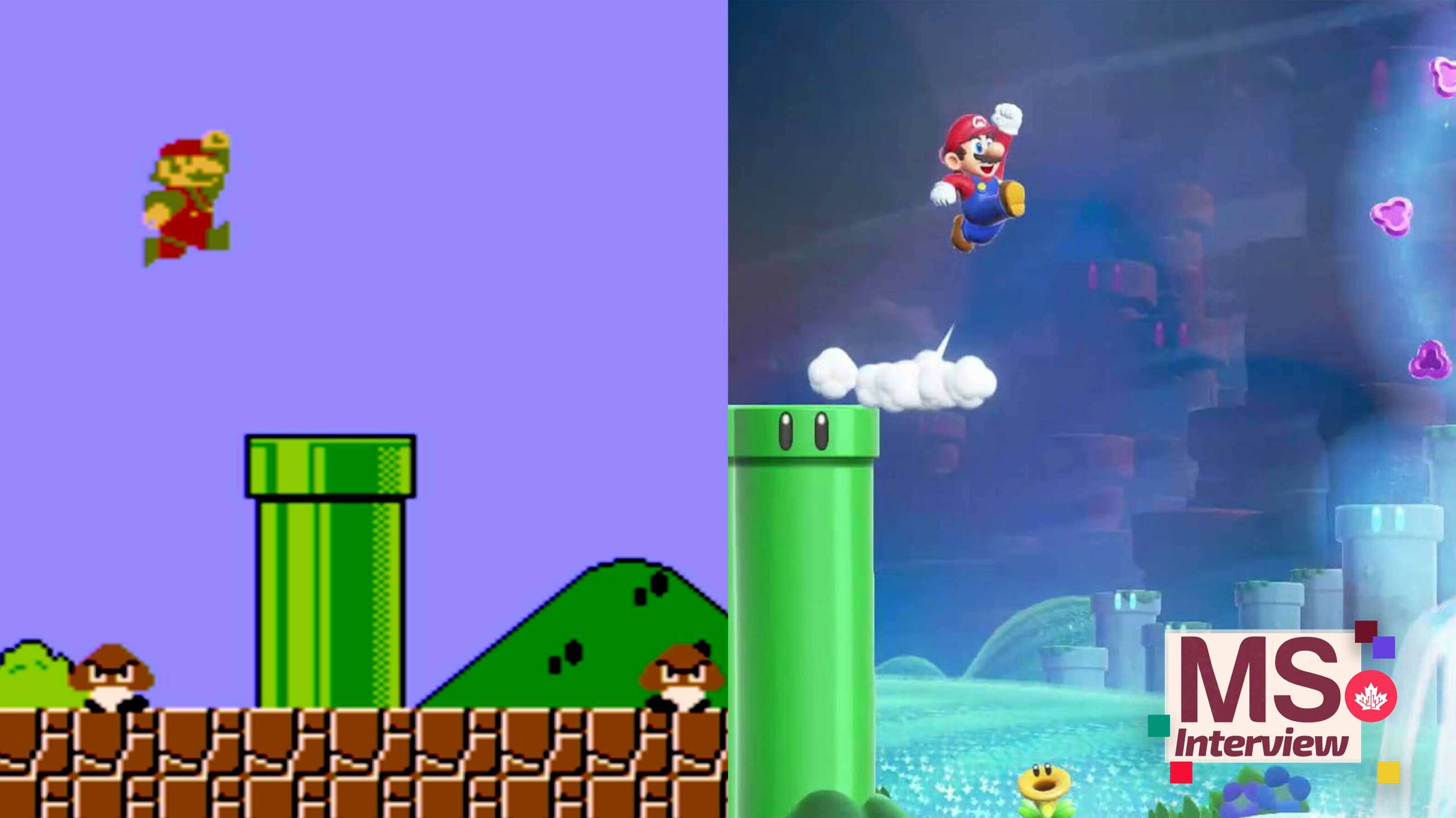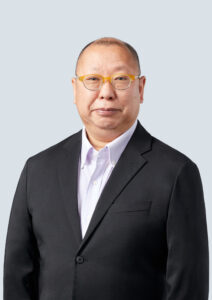
When we talk about Mario, Shigeru Miyamoto is probably the first name that comes to mind, but there’s another legendary creator who deserves to be in that conversation: Takashi Tezuka.
After all, he’s the co-designer of the original Super Mario Bros. alongside Miyamoto and directed Super Mario Bros. 3 and Super Mario World, among many, many other games. Clearly, there are few people who know Mario as well as him. It’s for that reason that he’s remained a producer on the games for many years, up to and including the series’ most recent entry, Super Mario Bros. Wonder.
Notably, Super Mario Bros. Wonder is the first brand-new 2D Mario game since 2012’s New Super Mario Bros. U. That begs the question: What’s new with Super Mario Bros. Wonder? Of course, we can speak to specifics, like the Wonder Flowers, which drastically change stages with new enemies, obstacles and setpieces. But on a broader sense, how does a series like Mario — one that’s been around since 1985 — remain familiar yet fresh?
“That’s a very difficult challenge,” Tezuka admits to MobileSyrup, laughing. He notes that “the things we put in at the beginning of the franchise were very surprising and mysterious but now have become used over and over again,” so they don’t necessarily feel new anymore.
“And so one of the challenges we placed on ourselves, one of the pieces of homework when we began development, was to come up with new surprises that would fill the role of things like entering a pipe to go to a new area or hitting a block to get a new item,” he explains.

“But with that in mind, we don’t want to change the fundamental “fun” part of what is Mario. And, of course, that is having players play through a course again and again so they become more proficient with the skillset. And of course, players, as they’re playing through and growing their skill set, will find all sorts of new discoveries, new interesting things, as they’re playing through these courses repeatedly.”
He says that the same approach has been made with Super Mario Bros. Wonder.
“It’s very easy for me to say it like that, but in reality, it’s a very difficult thing to do. Let me give you an example. One of the things we set up for ourselves was a period where we were not allowed to use any enemies, gimmicks, or any of the gameplay elements from previous titles,” he notes. “And that’s because people who are involved in game development will sometimes lead on those past successes, or gimmicks, or whatnot, that they’ve created. And so really, setting up those restrictions, those boundaries, for our developments, created a development environment that we really hadn’t used before.”
For what it’s worth, those self-appointed creative challenges paid off. At a recent preview event, I played Super Mario Bros. Wonder for about an hour, and I came away adoring the whole experience so far. You can read my full thoughts on the game here.
Additionally, check out our full interview with Tezuka and Super Mario Bros. Wonder director Shiro Mouri for more insight into the game’s development and new features.
Super Mario Bros. Wonder will release exclusively on the Nintendo Switch on October 20th.
Image credit: Nintendo
MobileSyrup may earn a commission from purchases made via our links, which helps fund the journalism we provide free on our website. These links do not influence our editorial content. Support us here.


